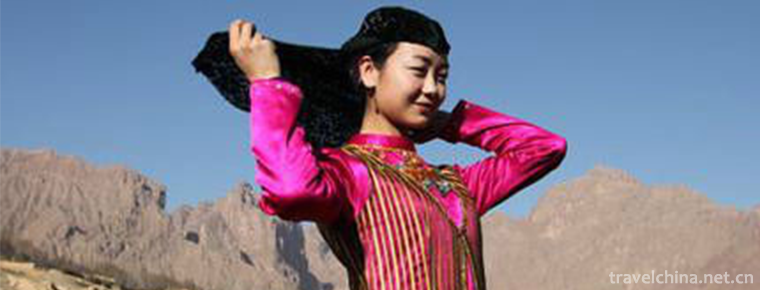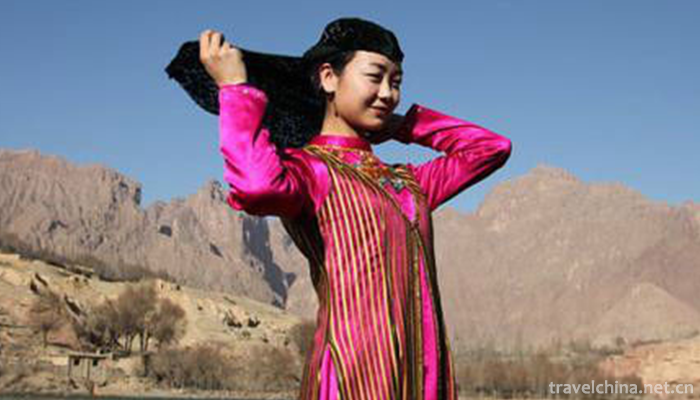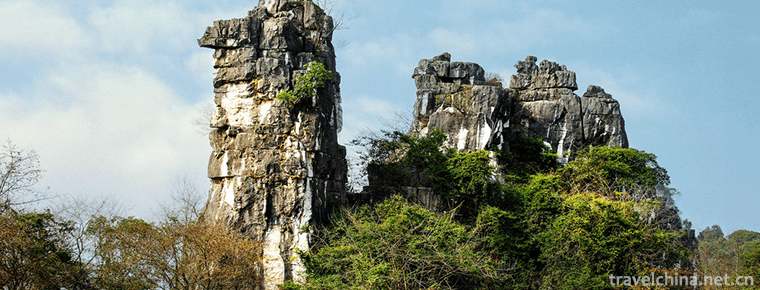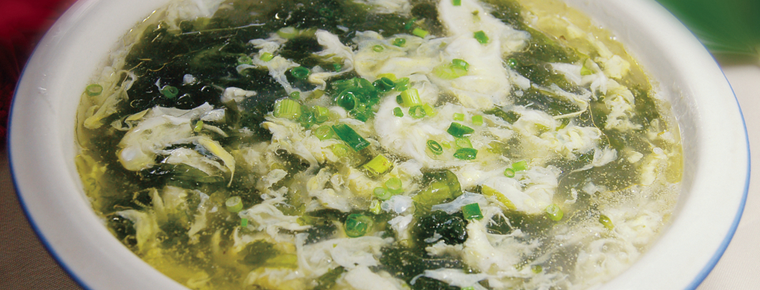2018-12-17

- By ChinaWiki.net
- Chinese Edition
- 2019-06-11
Salar Costume
The traditional dresses of the Salar nationality are bright and bright in color and full of national characteristics. Salar costumes have two characteristics, namely (1) Islamic color of costumes; (2) interaction and harmony with Hui, Tibetan and Han costumes. However, the dresses of the Salar people are generally the same as those of the Hui people. The difference is that their jackets are generally broad and their waists are tied with cloth.
On June 14, 2008, Salar costumes were approved by the State Council to be included in the second batch of national intangible cultural heritage lists.
Costume Style
Salar men usually wear white shirts, black shoulders, belts, trousers, Lotties or cloth shoes, and black or white dome caps. The belts are mostly red and green, while the trousers are mostly black and blue. In winter, men wear sheepskin jackets or woolen brown sweaters, while the wealthy hang cloth or wool outside. Women's jackets, black or purple shoulders, pants, embroidered shoes. Like to wear gold, silver rings, jade, copper or silver bracelets, silver earrings and other jewelry. Young women wear green caps, middle-aged women wear black, and older women wear white.
According to the differences of times and environment, different economic lifestyles and even different climatic characteristics, Salar people create unique national costumes. The earliest clothes were worn in the style of the nomadic people in Central Asia. Men generally wore curly-rimmed lamb caps, half-waist boots, wooden clips (similar to the Uygur "dragonfly"), and red shuttle cloth at the waist.
Women wear the same clothes as men, but only red and blue silk scarves. Later, men usually wear broad jackets or long shirts, trousers, waistbands, wealthy people wear silk ribbons, black or white six-toothed caps, and flat-soled cloth shoes. Older people often wear long gowns and wore "Darsdale" (turban) around their heads at church.
Young men like to wear white pairs of jackets, red cloth belts or embroidered belts around the waist, a suitable black short shoulder jacket, black and white contrast is clear, clean and elegant. When getting married, the waistband is sewn with red and blue satin and embroidered with various flower patterns, Embroidered Ribbon "embroidered girth", and the feet are wearing embroidered socks and cloth slippers.
Middle-aged women's clothes are longer, trousers feet touch the ground generally, feet wear embroidered pointed "Gugu shoes". Young women like to wear bright-coloured large-skinned clothes. Black and green jackets with long or short shoulders are slim and handsome. They like to wear gold and silver earrings, rings and bracelets.
At the end of Ming Dynasty and the beginning of Qing Dynasty, when women went out to work, they wrapped their heads in blue cloth and wore spacious embroidered lace capes on festivals. Later, he changed to wear a "hood" and put it on the back like a windbag. "Cover" is exquisite, the color varies with age. Generally, girls and newly married women are green, which symbolizes vigor and prosperity; middle-aged or married children wear black, which symbolizes maturity, sophistication and dignity; older people are mostly white, which symbolizes white, flawless and natural simplicity.
Regional characteristics
Yunnan and Guizhou. Sala people mainly live in Xunhua, Hualong County of Qinghai Province and Dahejia area of Jishishan Mountain of Gansu Province. Their habitat is relatively concentrated, so their clothes are relatively uniform. In terms of color, men mainly use white and black to avoid red, yellow and colorful clothes; in addition to attending religious ceremonies, women wear colorful clothes and pants, and then wear black or purple shoulders, which are charming and charming. Sala's dress is basically the same as Hui's. The difference is that the jacket is generally broad and the waist is tied with cloth. Salar men like to grow beards, wear hexagonal black or white round caps, young people wear white pair-skinned jacket, black shoulder jacket, black hat, blue trousers. Women wear caps, colorful large-skinned clothes, black shoulders, earrings, bracelets, rings and other gold and silver jewelry. The girl wears a hood after marriage.
historical origin
The Salar people, who believe in Islam, are named for their self-proclaimed "Salar" or "Sala" for short. Some people believe that the Sala people are descendants of the ancient Sarul of the Ugus tribe of the Western Turks. They lived in China in the Tang Dynasty and moved westward to Central Asia. The Yuan Dynasty took Samarkand and returned to China eastward. Up to now, it has been settled in Xunhua area of Qinghai for about 700 years. In the course of long-term historical evolution in the future, due to the natural conditions of the Qinghai-Tibet Plateau, the social and economic conditions of the ethnic group and the interaction with the surrounding brothers, as well as the influence of Islam and other factors, gradually formed their own unique national habits and customs.
Current Situation of Folklore
In the past, men wore embroidered bellies; women wore right jackets, jackets, shoulders, trousers, caps, bright colors, and some used silk as fabrics. In addition, women paid attention to piercing blue patterns between the forehead and the back of their hands. Men and women's jackets are longer than shoulders, wearing to the edge of the outerwear is beautiful. In addition, in the past, Salars wore leather jackets in winter and long shirts in summer, with long and wide sleeves, making it easier to bargain in sleeves. With the development of economic life, the dress of Salars gradually changed to uniform or suit. Even if someone wears a traditional leather jacket, the sleeves are not too wide. So today, many Salars have changed their prices under sheepskin jackets. Those who specialize in the sale of sheepskin cover the sheepskin on their hands, that is, trade.
In the past, the Salar working people mostly wore cloth-free sheepskin jackets or wool-woven "browns" and cloth shoes or cowhide crepe "Loti". Nowadays, with the improvement of people's lives and the prosperity of the market, more changes have taken place in men's and women's clothes. Women wear colorful chemical fibers, silks and satins and wool fashions, with a good quality of Qiaoqi veil cap on their heads, while men wear woolen Zhongshan suits and suits, and new leather shoes on their feet.

Ask a Question
Your email address will not be published.



0 Questions